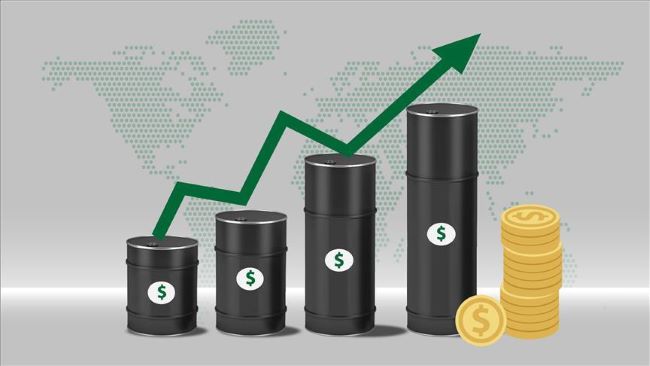Due to an improved prognosis for crude demand in the global commodities market, oil prices have rebounded. Furthermore, an increasing number of people anticipate that the US Federal Reserve will begin reducing interest rates in the upcoming fourth quarter.
In response to positive indicators, the price of Brent crude increased 0.65% to close at $78.92 per barrel from the previous trading session’s closing price of $78.41 per barrel.
At the same moment, the U.S. benchmark West Texas Intermediate (WTI) was trading at $74.67 a barrel, up 0.81% from the previous session’s closing price of $74.07 per barrel.
Pricing in financial markets hints at the possibility of the US Federal Reserve cutting its policy rate after its 23-year peak to combat inflation in the fourth quarter.
The possibility of a rate cut raised hopes of heightened economic activity and greater oil demand in the country in support of higher prices.
The probability of the Fed’s first rate cut for September is predicted at 60%, but up to 87% for November. However, 57% of participants expect that the policy rate will be left unchanged in December after a possible cut in November.
The US employment data to be released on Friday is estimated to influence these expectations, especially signals from non-farm payroll data.
The European Central Bank (ECB) is also expected to cut its benchmark interest rates for the first time in five years on Thursday when it will announce its decision, as inflation in the eurozone is shadowed by a weak economic growth outlook.
Meanwhile, Energy Information Administration (EIA) data released late Wednesday portrayed a lower demand outlook than expected in the world’s largest oil-consuming country, limiting further price increases.
Inventories rose by about 1.2 million barrels during the week ending May 31, compared to the market prediction of a fall of around 2.1 million barrels. Gasoline inventories also rose by approximately 2.1 million barrels.














